Aug 05, 2025
Author:Sam Wonder
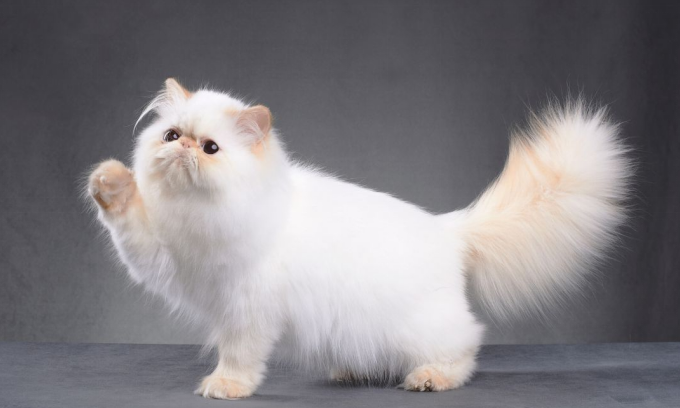
Ever spot a cat and do a double-take because it looked like it had... thumbs? You're not the only one. And nope, you're not misreading anatomy. These cats come built with extras. It’s a thing. Not rare, not wrong. They're called polydactyl cats, and they carry a wild charm that tends to stick with you.
Are those extra toes just a neat party trick? Maybe. Or maybe they come with strings attached. Let’s cut through the surface-level curiosity and look at what this trait really means—on the paws and beyond.
What’s coming up in this article:
● What’s actually going on with polydactylism
● How those extra toes show up in real life—movement, health, and all
● Practical stuff: what to know before adopting or grooming one
Stick around if you’ve ever wondered why some cats wear mittens they were born with—and how it shapes the way they live.
Some cats aren’t built like the rest. A few extra toes, sometimes more than a few. Doesn’t mean something went wrong—it means you’re looking at polydactylism. Sounds technical, but it’s not too complicated.
Polydactylism means the cat has more toes than usual. That’s it. Most cats? 18 toes—five per front paw, four per back. These ones? Often six. Sometimes seven. Usually on the front. Occasionally, the back. And no, it’s not due to trauma or weird breeding.
It’s genetic. Built-in. A dominant gene flips a switch during early development, and that’s how it shows up. One parent passes it on—boom, mitten paws.
It’s not a one-size-fits-all kind of trait. There’s variation. A few common types:
● Preaxial: Extra toe near the inner paw—looks like a thumb
● Postaxial: Outer-edge additions, less thumb-like
● Mittens or doubles: Fully formed digits, sometimes look like a second paw grew in
The way it expresses depends on how the gene plays out in the womb. No two sets of extra toes look quite the same. And yep, they usually work—claws, joints, everything.
You’ll hear people talk about Maine Coons and polydactylism in the same breath. That’s fair. It’s popped up in their lines more often. Some folks even guessed the extra toes helped with walking on snow. Maybe, maybe not. Hard to prove.
You’ll find polydactyl cats scattered mostly along coastal regions—the East Coast U.S., parts of Canada, and some spots in the UK. Sailors used to think they were good luck on ships. Superstition? Probably. But the reputation stuck.
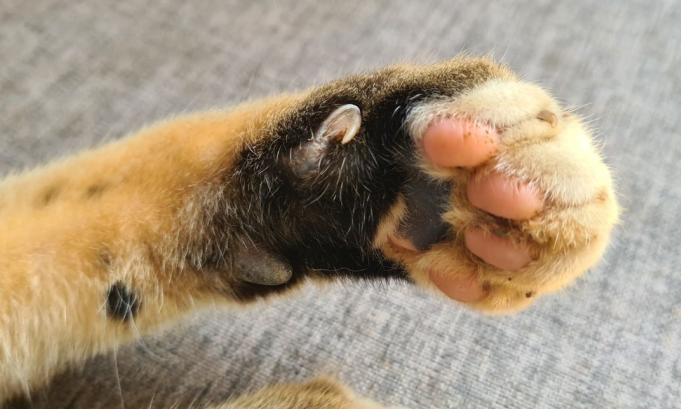
Okay, so they’ve got more toes. But what does that actually do? Turns out—less than you might guess, but still enough to pay attention.
For the most part, these cats get on with life as usual. Some don’t even act like anything’s different. Others? They lean into those paws in very creative ways.
Those big paws can spread wider. That might give them a little more stability—not always, but sometimes. If the toes are balanced and strong, movement stays smooth. No weird gait. No stumbling.
You might spot:
● Wider stance while walking
● Gripping like a champ during climbs
● Unexpected paw precision with toys or food
If the extra toes form cleanly, they’ll support full mobility. That’s the case more often than not.
Polydactyl cats are... crafty. They use what they’ve got. And when what they’ve got includes more toes, things get interesting.
Owners say they:
● Scoop toys more easily
● Pin small objects with a single paw
● Go for drawers, doors, whatever's in reach
It’s not always about the toes. Some cats are naturally curious. But the extra digits don’t hurt.
Now for the part where you pay closer attention.
● Some claws hide deeper or grow differently
● You’ll want to inspect them weekly
● Older cats, especially—watch for curling or tight angles
Look out for swelling, buildup, or signs that something’s off. A vet check is smart if a toe changes shape or starts to bother the cat.
These cats usually don’t need anything special. No therapy, no adjustments. But keep tabs on those paws. A few things to check:
● Any swelling or limping
● Odd pads or pressure points
● Persistent licking of a specific toe
Stay proactive, and these extra digits stay in the quirky category—not the problematic one.
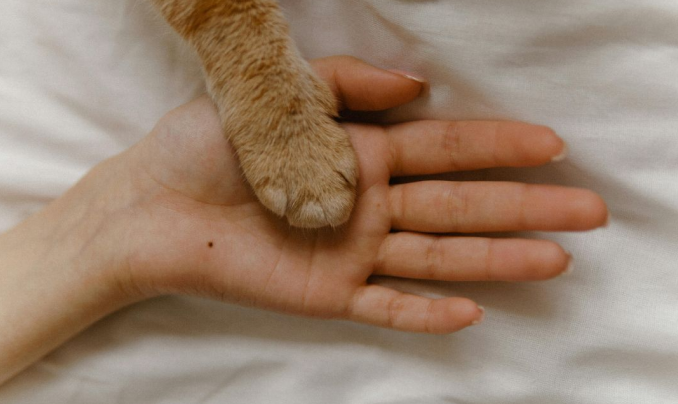
Truth is, most of the time it’s business as usual. But if you own one—or you’re thinking about it—there are some habits worth locking in. Stuff that saves time and avoids issues later.
Extra toes = extra claws. Not always easy to spot. You’ve got to be a bit more thorough.
Try this:
● Use curved trimmers for better reach
● Watch for claws that stay exposed or grow sideways
● Clean between toes—hidden dirt builds fast
Trust takes time. If the cat’s new or nervous, go slow. A chill space and soft handling do the trick.
That polydactyl gene’s dominant. If one parent’s got it, odds are the kittens will too. Doesn’t mean you should be breeding them.
Before making moves:
● Make sure the paws aren’t malformed
● Talk to rescue groups—not backyard sellers
● Ask questions. Has grooming been tricky? Any vet visits tied to the toes?
You’ll want answers before you adopt. Most of the time, you’ll hear: Nope. They’re great. But it’s worth confirming.
If you’re bringing one of these cats home, prep a bit. Think feeding, drinking, watching. Basic stuff—but gear helps.
● The WOpet’s Heritage View Feeder makes it easier to track meals remotely—and see what’s actually happening when you’re away.
![WOpet Heritage View Automatic Pet Feeder with Camera [Dual Bowls]](https://wopet.com/uploads/admin/image/20250607/6c267b1c5bcd4b67d213724d1ecb0455.jpg)
● Hydration? A must. The WOpet’s Basin Fountain gives clean water with less refilling—and it’s built for homes with more than one thirsty pet.
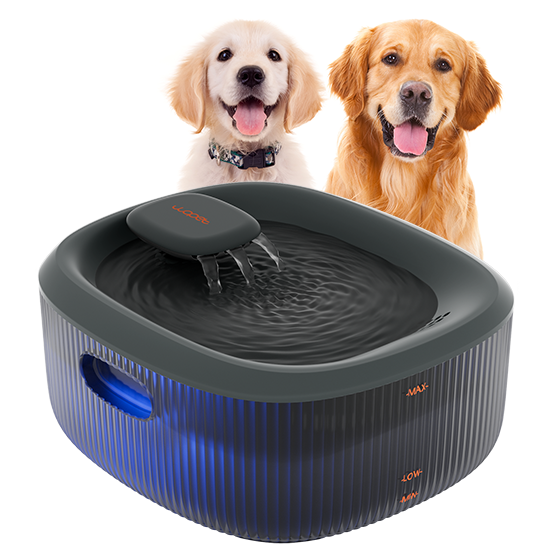
You’re not complicating things—you’re making room to care better without hovering. These cats don’t need special treatment, just smart habits.
Cats With Extra Toes Deserve Thoughtful Care, Too
They stand out. But they don’t need a complex routine. A little awareness goes far. Handle the toes with care, pick smart tools, and everything else falls into place.
Quick recap:
● Extra toes = a common, harmless gene
● Most cats live normal lives—just with bonus digits
● Nail checks matter a bit more than usual
● Reliable feeders and fountains simplify daily care
● Know the background before you adopt
Routine becomes less stressful when tools actually work for your cat—not against your time. WOpet feeders and water stations cover the basics with ease, especially if your cat has a few physical quirks that need watching. They handle the details. You focus on bonding.
Label:
Popular Post
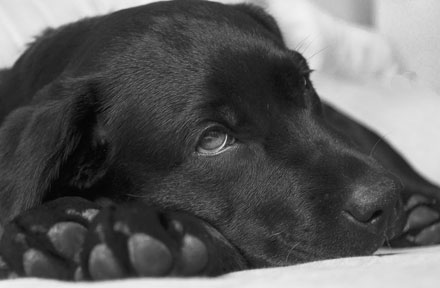
What to Feed a Sick Dog With No Appetite? [2025 Guide]
May 16, 2023
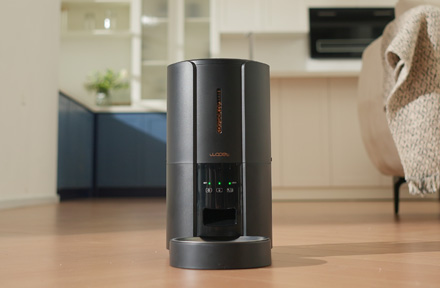
Troubleshooting Common Issues with Automatic Pet Feeders: Tips & Tricks for Pet Owners
Oct 26, 2023
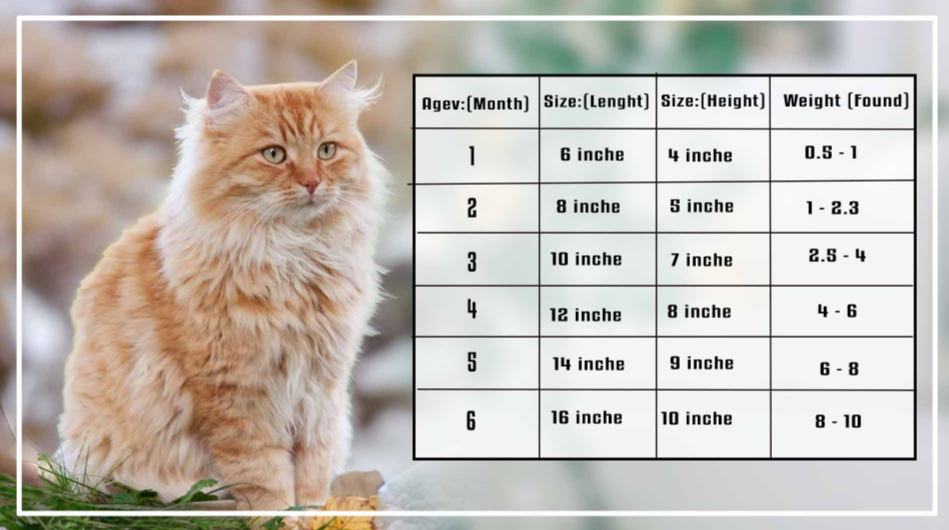
What is a standard Cat Weight chart by age Kg?
Mar 19, 2025
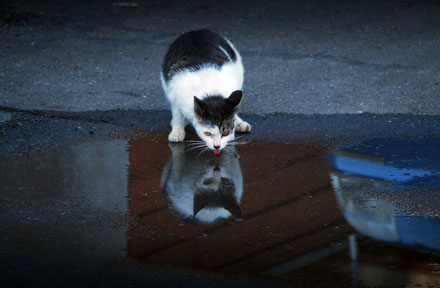
Why Does My Cat Cough After Drinking Water? 8 Potential Reasons
Mar 13, 2023
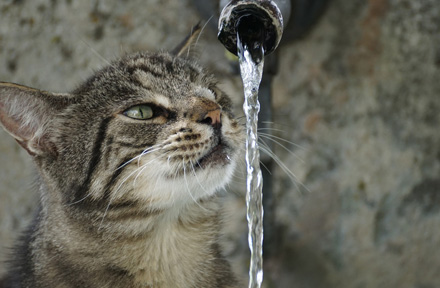
Why is My Cat Throwing up Water? Top 5 Causes Here
Feb 08, 2023
$109.99
$129.99
Copyright © 2025 WOPET. All Rights Reserved.